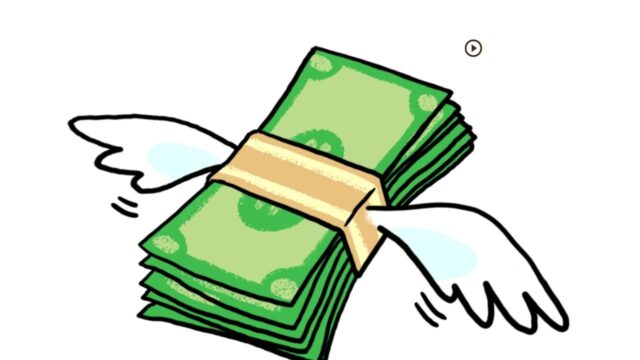
The Greek Drachma
The Greek drachma is an old currency from several periods of history. This article will explore its origins, inflation, and history. It’s a valuable guide for any history buff. If you’re curious about this currency. Inflation was common during the ancient period, and the drachma was very similar to today’s euro. However, when you’re buying a coin, make sure you have enough money.
History
The drachma was a common currency in Greece at different times in history. It was the first national currency to be used in the Western world. It was used as the primary currency for both Greece and Macedonia. During several periods in Greece’s history, it was replaced by the euro and became a favored medium of exchange. Read on to learn more about the drachma and its history.
The drachma originated from the verb ‘drattw’, which means “to drat.” Before the invention of coins, drachmas were simply a handful of six iron rods. In the fifth century B.C., the first coins were created by the city of Lydia. These coins were cast in silver and weighed 4.3 grams. Athens, which was an important trading center in the Mediterranean, also issued the tetradrachm, which was equivalent to four drachmas. These coins were emblazoned with the profile of the goddess of wisdom, Athena, and a stylized owl.
Coinage
The drachma was an ancient Greek currency unit. It was issued by several city states throughout the classical and Archaic periods. This coin’s image depicts land, sea turtles and a dolphin. The coin’s value varied depending on its denomination. Unlike modern coins, Greek drachmas were issued by many different city states. Athens was notable for its volume and significant wealth.
The drachma was a useful form of currency. In addition to being a convenient way to buy goods, it was also a convenient form of payment for small public services. Originally, it was worn in the mouth, but in later centuries it was carried around by richer and poorer Greeks. Its weight was enough to pay for a meal or a small service. The drachma was the first coin to feature images of goddesses on its surface.
Inflation
Since 1973, Greece has been concerned about inflation, but what is the cause? The latest figures for Greek inflation indicate that it is not galloping. Since the early 1990s, the average inflation rate in Greece has been 17.5%, with a standard deviation of 5.8%. This low inflation rate has prevented Greeks from facing galloping inflation or falling into the single digits, which have been common in other developed nations.
In May 1941, Greece began a period of hyperinflation, but this time, it lasted until December 1945. At that time, the drachma’s value fell from its previous value of eight to nine euros. This was less than half the amount it dropped during the first half of the year. However, if Greece was to leave the euro, its inflation rate would plummet by a full 43%.
Origins
The drachma is one of the world’s oldest coins. The word drachma translates to “handful,” and the word comes from ancient Greek Linear B. In ancient Greek society, the drachma was first used as a fistful of metal sticks, called oboloi. These sticks were used as spits and as currency. As early as 1100 BC, drachmas were used as currency by many cities.
In 1953, Greece became a member of the Bretton Woods system and saw its drachma appreciate to a value of 1000 to the US dollar. In the early 1970s, the Greek drachma was pegged at thirty drachmae to the dollar. Greek writers and artists marvelled at this value. However, the drachma’s value soon depreciated, and it eventually ceased to be a legal tender.
Future
The decision to leave the euro could be a tempting option for Greece, but it is a dangerous and politically difficult road. Greece faces a period of real austerity, with government revenues falling below costs, and it is hard to see how reintroducing its currency could improve the Greek economy. Instead, the government must focus on creating the institutions that will enable it to grow and prosper in the long term. American stand-up comedians have warned against opening an H&R Block in Athens.
The Greeks are undergoing a transition from the drachma to the euro, and it’s now the last place to exchange drachma bills for euros. As a result, the drachma is being slowly withdrawn from circulation – a process that began several years ago with coins. However, in recent months, the Greek government has begun phasing out the drachma from circulation – and while that process has gone smoothly, some investors worry that the country could face a debt crisis that causes the euro to fall.


































